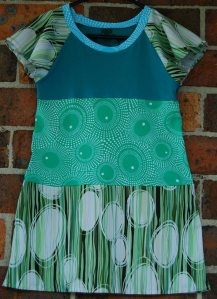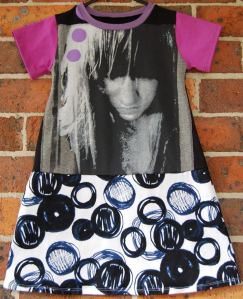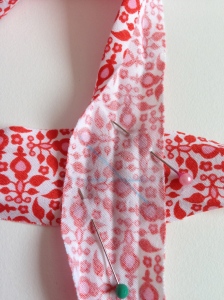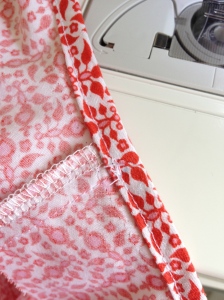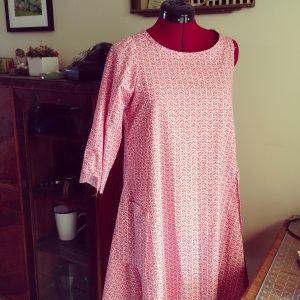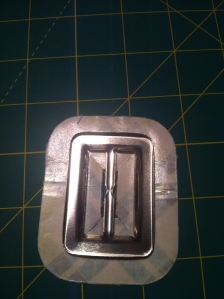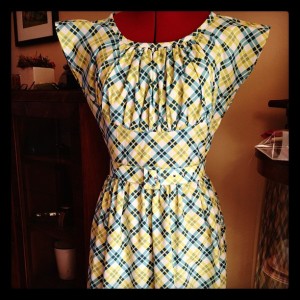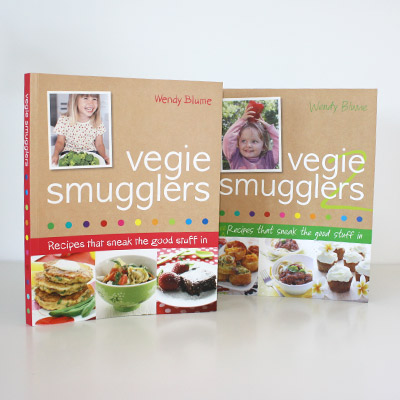I have been so lucky to ‘meet’ some amazing people through my Facebook page Nifty Mums Network and Nicola from enoch & plonk is one of those people. Not only does she have a wicked sense of humour 😛 but she is super talented when it comes to sewing so I thought I would ask her about how she came to sew and start her business enoch & plonk…..

I’ve always been very crafty. It wasn’t until I started school that I was to over hear my teacher tell my parents that… “I think Nicola is going to be an artist.” I realised then that it was something I could be, wanted to be and was going to be.
I remember one Christmas my family was given a huge book on making things…crafts, cooking, you name it. Most school holidays were spent struggling with this enormous book (it was truly immense) on the dining room table deciding what I was going to tackle next. many a Saturday and Sunday if Dad was tinkering around in his garden shed I’d be there hammering two pieces of wood together trying to make a boat. Once I’d got the hang of a hand drill I fashioned a small block of triangular timber into a block of swiss cheese and carved a small mouse to sit on it. I think the inspiration had come from seeing an example of Mouseman’s work which had been on The Antiques Roadshow.
So there I was always creating something or other, living in a family of very practical folk. Mum was a huge sewer, she has spent most of her working life behind a sewing machine and a lot of her spare time making, crafting and creating.
Of course I resisted the desire to sew. There was NO way I was going to use a sewing machine, not a chance. Apart from this stubborn ‘I don’t want to be like my mum’ mentality they are bloody dangerous things. I was always terrified of sewing through my thumb, which had happened to my Auntie and she had been a trained machinist.
I can remember making a skirt at secondary school in our home economics class. It was made of corduroy and gathered. A huge mistake, it ended up like a cardboard balloon. The corduroy was a huge mistake. This experience totally put me off sewing clothes.
My mum had got hold of a very very old singer sewing machine which she gave me to play with. The ones with a handle which you have to turn…you know the ones. Amazingly one year I made my little sister a small wallet which I machine embroidered with ‘Penny’ on in very fancy swirly writing. Mum was amazed, apparently it is a very difficult thing to do with one hand moving the fabric, Penny was less thrilled because it hadn’t cost me anything hahahaha.
It wasn’t till I had my kids, I was 5 days off my 35th birthday, that I uncovered an over whelming desire to making things for them. It started with the curtains for their bedrooms. Nothing fancy but it was technical enough to build my confidence and I began to realise ‘I could actually do this’.
Gradually I moved on to clothes. Just simple appliquéd designs on t.shirts. Appliqué had just started to re-appear in all the kids clothes shops and loving the idea of creating little pictures with fabric, I thought I’d give it a go.
I’d already been on Facebook for a little while before I’d started sewing appliqué and sharing some of my work I found that family and friends really loved what I was doing. So much so that they suggested I create my own designs to sell on-line.
It wasn’t until I shared some photos of clothes which I’d made my daughter, ones that I’d been brave enough to tackle, I began to realise that I was quite good at that too. I knew how to design my own patterns after teaching design technology at high school. A skill which was purely self taught, through reading the right books, and obviously involved a fair amount of drawing.
From there things snowballed. I had made Ella a few items which I’d refashioned from men’s t.shirts. I wanted her to look cool and funky and I wasn’t very keen on over the top girly clothes. I’m a great believer in being expressive with clothing.
Doing everything officially I set up my own little business ‘enoch & plonk’ creating one-of-a-kind upcycled clothing for girls with attitude. What started as changing adult tees into small dresses has now developed into tees mixed with new stretch fabrics, second hand finds and OP shop gems. My work is ever evolving, ever changing. I find it hugely satisfying. It fulfils my desire to create, dress my children in clothing that reflects their personalities and brings a smile to the faces of customers and their children.
Nicola Thomas
artist and designer at enoch & plonk
website http://www.enochandplonk.com
Facebook http://www.facebook.com/enochandplonk
etsy http://www.etsy.com/shop/enochandplonk
bigcartel http://enochandplonk.bigcartel.com
You can email Nicola at info@enochandplonk.com

